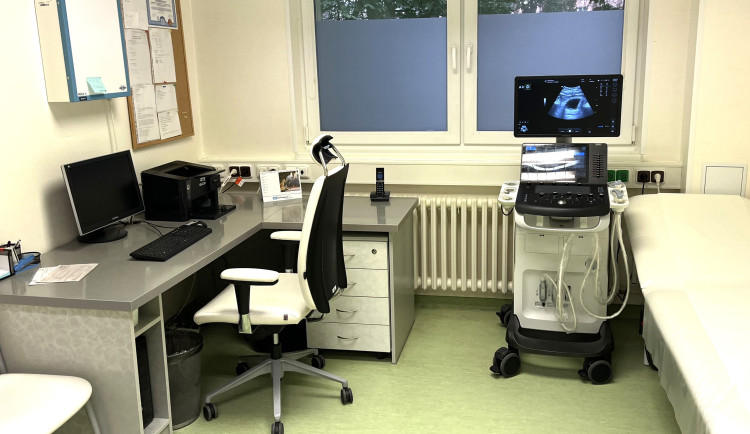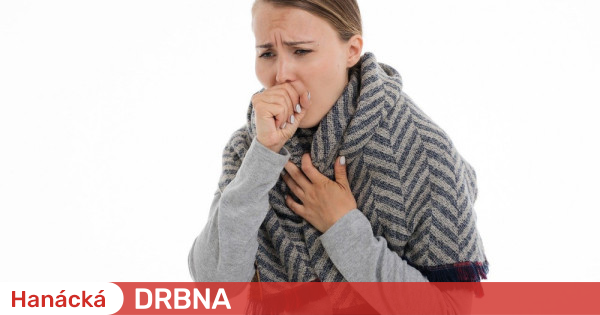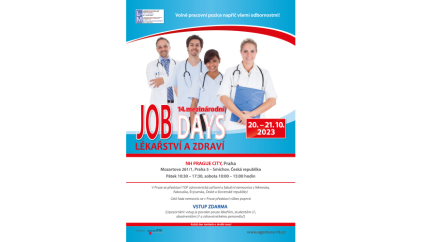Olomouc hygienists have noted a higher incidence of whooping cough in the region since earlier this year. In the Czech Republic, it is one of the mandatory reporting and long-term monitoring of infectious diseases.
Diseases of the respiratory tract are caused by the bacteria Bordetella pertussis and parapertussis. The infections they cause are known as pertussis (whooping cough, whooping cough) and parapertussis. Parapertussis has a shorter duration of symptoms and a milder course.
“The incubation period of the disease, which is from infection to the appearance of the first symptoms, lasts 6 to 21 days. The disease itself lasts 6 to 8 weeks and is characterized by a characteristic course that at first resembles a cold, manifested by a runny nose, sneezing, a slight cough, inflamed mucous membranes or a raised temperature. explained the spokesperson for the Regional Hygiene Station in the introduction to the press release Marketa Koutna.
After about a week, the symptoms disappear and a paroxysmal irritating cough, most often at night, which may also be accompanied by vomiting and vomiting. According to medical experts, patients can get sick between attacks without any problem at all.
“The group most at risk are young children, whose disease can be severe or even fatal,” said Koutná, adding that most of the sick babies were infected during contact with family members. “However, a person can be infected at any age,” he commented. The bacteria are transmitted from an infected person through the air by inhaling droplets during close contact, talking, coughing, sneezing and blowing one’s nose. The highest transmission occurs in the early stages of the disease, after which it declines.
Compared to the previous week, health professionals in the Olomouc region noted a decrease in the overall incidence of acute respiratory infections, including influenza. The highest morbidity was reported in the Prostějov district, the lowest in Šumperska.
Treatment and prevention
This disease is treated with antibiotics. It is for this reason that a quick and correct diagnosis of the disease is necessary. “The problem is the onset of the disease is “mild”, when many patients seek a doctor only when the problem lasts a very long time, they do not take cough medicine, or the disease is considered as another infection of the upper respiratory tract, so whooping cough is usually only diagnosed at a later stage. fully developed, when a sick person has spread the infection around him,” Koutna explained.
Vaccination is considered the most effective prevention against pertussis. Since 1958, when the national mandatory vaccination against whooping cough was introduced in our country. At that time, mortality and morbidity in the pediatric population decreased significantly. However, this disease has not disappeared and since 1993 health experts have noted it as an increasing trend.
Currently, the whooping cough vaccination is part of the mandatory vaccination in a form called hexavaccine. “Although the vaccination rate of children in the Czech Republic is high, immunity after vaccination gradually decreases with age. Even after experiencing the disease, the immunity is not lifelong.” added the spokesperson.

From now on, patients in the inpatient department and urology clinic of the Přerov hospital will be able to use the new ultrasound for almost a million crowns. Modern devices will provide far more advanced imaging, providing more than two thousand…
Current data indicate that whooping cough also occurs in the older population of adolescents and adults. That is why hygiene professionals recommend that adults be revaccinated at least once with a combined vaccine – against diphtheria, tetanus and whooping cough.
In the Olomouc Region, the Regional Hygiene Station recorded a total of 172 cases of whooping cough over the last four years, most frequently occurring in Olomouc. There were more cases of pertussis – 157, the lowest incidence with fifteen cases recorded for parapertussis.
The highest incidence of whooping cough was recorded in 2020 with 94 cases, mostly in the 35-44 year age group. The 25-34 and 45-54 age groups followed. In cases of parapertussis, most of the patients were aged 35-54 years, which confirms that immunity after vaccination decreases with age.
“Data for the first two months of this year shows an increase in the number of parapertussis cases in the region compared to previous years,” Koutna explained. From the beginning of the year to the end of February, 11 cases of parapertussis and 3 cases of pertussis were recorded.

“Certified bacon geek. Evil social media fanatic. Music practitioner. Communicator.”







